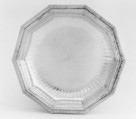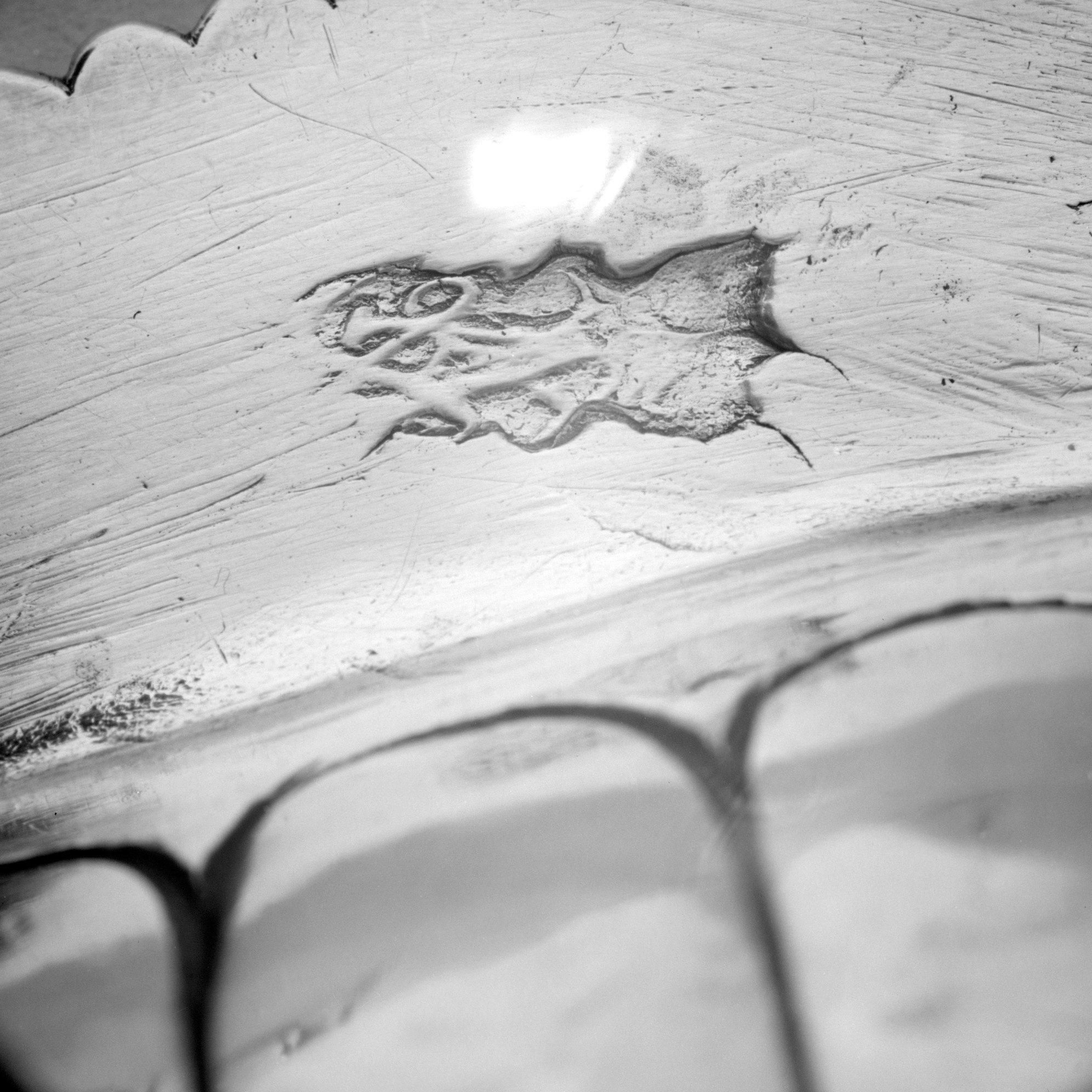Dish
Changes in dining customs influenced the design of French silver. The late seventeenth century saw the introduction of the service à la francaise, which required that multiple serving dishes be arranged on the dining table in a symmetrical pattern during each course. Previously, silver had been displayed on sideboards: now, while it remained decorative, its role was primarily functional. Diners served themselves from the platters, dishes and tureens that were within reach. A large variety of forms was developed not only to contain the various foods but also to amuse and entertain the diner.
The monetary value of silver usually meant that silver objects were not only utilitarian but were also a sign of wealth and status, and as such, often reflected the latest style. Silver could be melted down and refashioned, and as the value of silver was often held to lie more in the intrinsic metal than in the craftsmanship, objects considered out of date were often melted down and transformed.
French silver was also subject to the various fiscal crises of the late seventeenth and eighteenth centuries; both Louis XlV and Louis XV issued edicts demanding that silver be brought to the mint for melting, the resulting silver being used to replenish depleted state treasuries. Thus, French silver from the seventeenth and first half of the eighteenth centuries survives in relatively small quantities.
Daughter of one of the founders of the Weyerhaeuser Timber Company, Catherine D. Wentworth (1865-1948) was an art student and painter who lived in France for thirty years. She became one of the most important American collectors of eighteenth-century French silver and on her death in 1948 bequeathed part of her significant collection of silver, gold boxes, French furniture and textiles to the Metropolitan Museum. The collection is particularly strong in domestic silver, much of it provincial, and includes a number of rare early pieces.
Due to rights restrictions, this image cannot be enlarged, viewed at full screen, or downloaded.
This artwork is meant to be viewed from right to left. Scroll left to view more.








